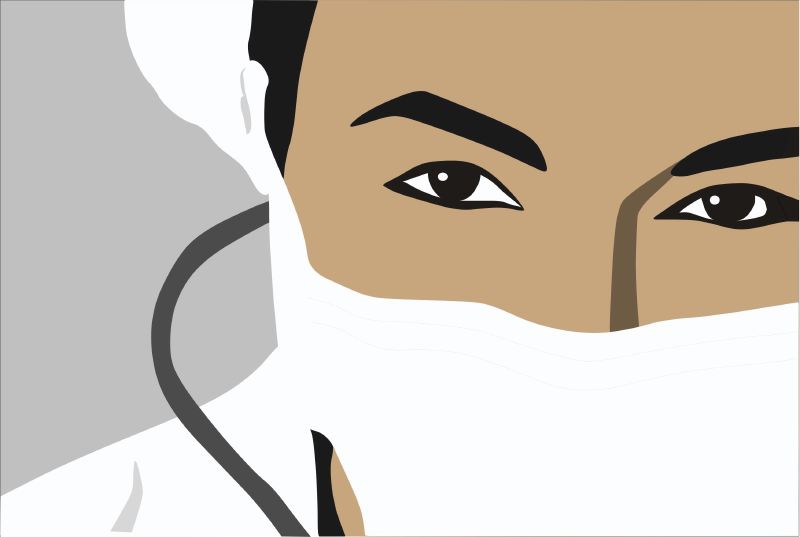
In part 1 we explored the epidemic of female physician burnout, and some underlying causes. In part 2 we illustrate general and woman-specific strategies to combat female physician burnout.
Women physicians still face disproportionate challenges within their medical careers compared to men. Moreover, one study of physician work-life reported a 60% excess of burnout in women versus 45% overall. This excess was was determined by unequal patient expectations, role expectations outside of work, and personal experiences within the workplace.
One factor appears to be that, on average, women physicians take more time per patient and then spend more time documenting the case in electronic medical records. Their hard work pays off for patients: Some quality metrics for patient outcomes indicate that the performance of women physicians is higher than men – for example, older hospitalized patients treated by female internists have lower mortality and readmission rates.
But while they are staying up later at night documenting and charting, women in many households are also shouldering a disproportionate role in non-professional responsibilities. The differences between genders are often astonishing. One recent study reported that, during the pandemic, women physicians were more likely than male physicians to be responsible for childcare or schooling (25% versus 1%) and household tasks (31% percent versus 7%).
There is also evidence that women physicians in particular settings experience greater levels of burnout. For example, in studies in an academic medical center, primary care, and non-surgical specialists, women physicians experienced significantly higher rates of burnout than men physicians.
But while they are staying up later at night documenting and charting, women in many households are also shouldering a disproportionate role in non-professional responsibilities.
We’re always telling our patients that prevention (or early intervention) is better than cure. Yet do we apply the same rules to ourselves?
A study of female physicians found that only 6% of those with a mental health diagnosis reported it to their state licensing board. The women responded that they’d never want a diagnosis on their records for fear of stigma.
So 94% of female physicians with a diagnosis don’t disclose for reasons of fear and stigma. This systemic barrier makes it harder to get help which in turn worsens the problem.
Leading lights in the physician burnout field, Drs Shanafelt and Noseworthy have published nine organizational strategies for reducing physician burnout.
These are to:
In addition to the common-sense approach described above, women physicians with burnout have unique needs requiring bespoke solutions. These include:
In addition, gaps in research must be addressed to inform best practices for measuring and addressing burnout in women physicians.
Women physicians have unique challenges and resultantly higher rates of burnout than men. These require a concerted effort not just to tackle burnout in women physicians, and the exodus of female doctors, but also to redress historic gender imbalances and discrimination.
